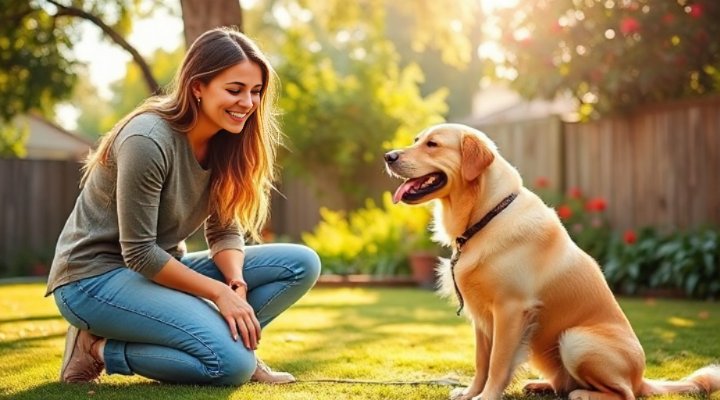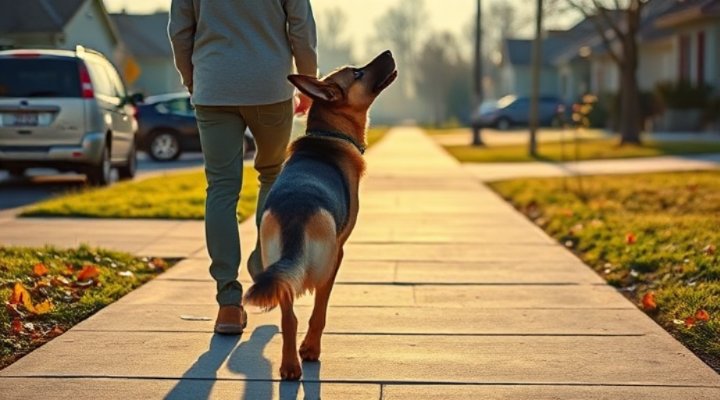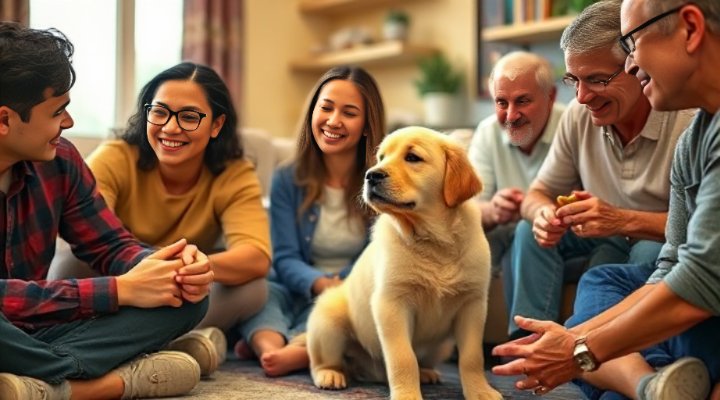Training your dog with essential commands is one of the most rewarding aspects of pet ownership. Not only does it create a common language between you and your furry friend, but it also ensures their safety and strengthens your bond. In this comprehensive guide, we’ll explore the dog training commands every owner should know, breaking them down into manageable steps with practical tips.

Basic Obedience Commands Every Dog Should Know
Let’s start with the fundamental commands that form the foundation of all dog training. According to the Positive Reinforcement Training guide, these basics are crucial for establishing communication with your pet.
1. Sit Command
The ‘sit’ command is typically the first one taught, and for good reason. It’s incredibly versatile – use it before meals, when greeting visitors, or when you need your dog to settle. Here’s how to teach it:
- Hold a treat close to your dog’s nose
- Slowly move your hand upward, causing their head to follow the treat and bottom to lower
- Once in sitting position, say “sit,” give the treat, and share affection
2. Stay Command
The ‘stay’ command could literally save your dog’s life one day by preventing them from running into danger. As highlighted in our unwanted behavior correction guide, this command requires patience but pays dividends in safety.

Intermediate Commands for Better Control
Once your dog has mastered the basics, these intermediate commands will give you even better control in various situations.
3. Come/Recall Command
A reliable recall is perhaps the most important safety command you can teach. The American Kennel Club recommends starting in a low-distraction environment and gradually increasing difficulty.
4. Down Command
The ‘down’ position is more submissive than ‘sit,’ making it excellent for calming an excited dog. I remember teaching this to my rescue dog – it took weeks of practice, but now he drops instantly when I need him to settle in busy environments.

Advanced Commands for Skilled Dogs
For those looking to take training further, these advanced commands provide mental stimulation and impressive skills.
5. Heel Command
Perfect for crowded areas or when you need precise control, the heel command keeps your dog walking calmly by your side. Our training schedule template includes progressive steps to master this skill.
6. Leave It Command
This command can prevent your dog from picking up dangerous items or chasing wildlife. Start with low-value items and gradually work up to more tempting objects.

Troubleshooting Common Training Challenges
Even with perfect technique, you might encounter some hurdles. Here are solutions to common issues:
- Lack of Focus: Train before meals when your dog is most food-motivated
- Inconsistent Responses: Ensure all family members use the same commands and rewards
- Regression: Revisit basics periodically – even well-trained dogs need refreshers
The University of Pennsylvania’s veterinary school emphasizes that short, positive sessions yield better results than marathon training attempts.

Making Training Fun for You and Your Dog
Remember, training should be enjoyable for both of you! Incorporate play, use high-value treats for difficult commands, and celebrate small victories. As we discuss in our puppy behavior guide, positive associations make learning stick.
Whether you’re teaching basic manners or impressive tricks, these dog training commands every owner should know will create a happier, safer life with your canine companion. With patience and consistency, you’ll be amazed at what your dog can learn!
Related Keywords: essential dog commands, how to train a dog, basic dog obedience, advanced dog training, positive reinforcement training, puppy training basics, dog behavior training
